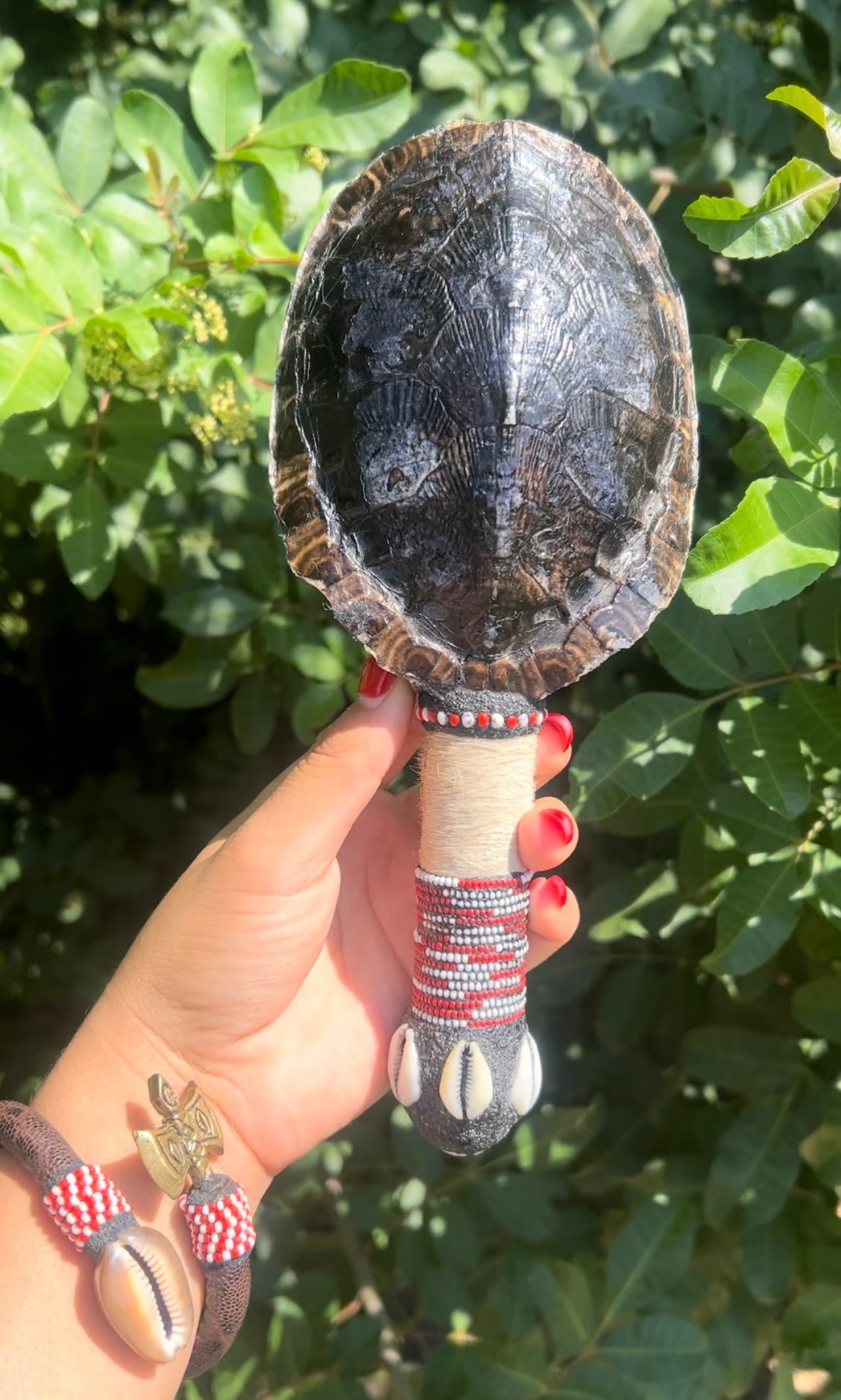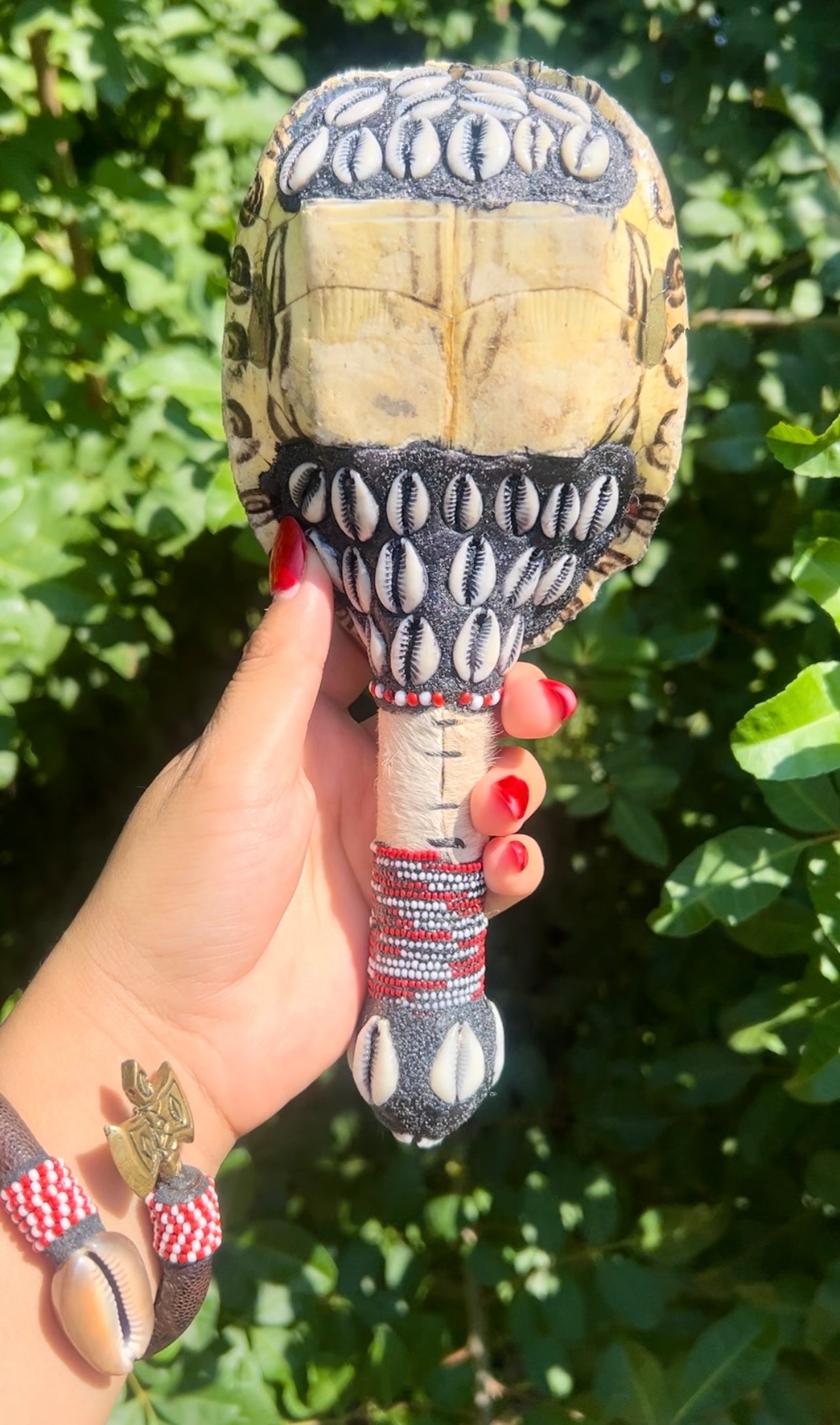Table of Contents
- Introduction
- Origins and Background of Palo Mayombe
- The Fundamental Beliefs of Palo Mayombe
- Tools and Symbols in Palo Mayombe Rituals
- Steps to Perform a Palo Mayombe Ritual
- The Role of Spirits and Ancestors
- Differences Between Palo Mayombe and Other Spiritual Practices
- Cultural Influence and Preservation
- Misconceptions and Controversies Surrounding Palo Mayombe
- Initiation and Training in Palo Mayombe
- Palo Mayombe's Relevance in Modern Times
- Ethical Considerations in Practicing Palo Mayombe
- The Global Spread of Palo Mayombe
- Benefits of Exploring Palo Mayombe Rituals
- Conclusion
Introduction
Palo Mayombe is more than just a ritualistic practice; it's a belief system deeply rooted in the spiritual essence of its followers. Originating in the Congo Basin of Central Africa, it was brought to the Caribbean through the transatlantic slave trade and fused with local traditions. The result is a syncretic religion that has garnered interest worldwide due to its enigmatic rituals and unique spiritual connection.
Origins and Background of Palo Mayombe
The historical journey of Palo Mayombe is a tale of resilience and adaptation. Emerging as a way for enslaved Africans to preserve their native beliefs, it evolved over centuries, blending with the cultural elements of the Caribbean and Latin America. Today, it stands as a testament to the endurance of ancestral wisdom in the face of adversity.
The Fundamental Beliefs of Palo Mayombe
Central to Palo Mayombe is the veneration of spirits, known as "nkisi," representing natural forces and ancestors. Practitioners establish a deep bond with these spirits, seeking their guidance, protection, and blessings. The belief in the interconnectedness of the physical and spiritual worlds forms the cornerstone of Palo Mayombe's cosmology.
Tools and Symbols in Palo Mayombe Rituals
Palo Mayombe rituals are distinguished by their use of sacred objects and symbols. From the potent "nganga" or cauldron, which houses the spiritual energies, to various herbs, bones, and amulets, each component plays a role in channeling the spirits' energies. These objects serve as conduits between the material and spiritual realms.
Steps to Perform a Palo Mayombe Ritual
Engaging in a Palo Mayombe ritual involves a sequence of deliberate steps. Cleansing, offerings, invocations, and trance-like states are part of the ritual process. Each step is meticulously designed to create an environment where practitioners can communicate with spirits, seek guidance, and influence the energies of their lives.
The Role of Spirits and Ancestors
In Palo Mayombe, spirits and ancestors are not distant entities; they are active participants in the lives of practitioners. The relationship with these spirits is reciprocal, involving offerings and mutual respect. Practitioners often seek the spirits' aid in various life matters, from health and success to protection and love.
Differences Between Palo Mayombe and Other Spiritual Practices
While Palo Mayombe shares some commonalities with other spiritual practices like Santería and Vodou, it retains its unique identity. Unlike some practices that focus on healing or divination, Palo Mayombe is known for its commanding rituals, connecting humans with the forces of nature in a distinct manner.
Cultural Influence and Preservation
Palo Mayombe's journey across continents has influenced and been influenced by various cultures. Its rhythms, dances, and symbols have woven into the fabric of Caribbean and Latin American societies. Efforts to preserve its traditions continue in dedicated communities, ensuring its legacy endures.
Misconceptions and Controversies Surrounding Palo Mayombe
As with many esoteric practices, Palo Mayombe has faced misconceptions and controversies. It has been erroneously associated with malevolent magic and dark intentions. In reality, Palo Mayombe is a diverse belief system with a spectrum of ethical considerations, just like any other religion.
Initiation and Training in Palo Mayombe
Becoming a practitioner of Palo Mayombe involves a process of initiation and training. Initiates, known as "ngueyos," undergo a series of rituals that connect them with the spirits and bestow upon them the knowledge to perform rituals and handle sacred objects responsibly.
Palo Mayombe's Relevance in Modern Times
In an era of technological advancement, Palo Mayombe maintains its relevance. Individuals seek its wisdom for guidance in complex life decisions and spiritual quests. The practice's emphasis on personal empowerment, protection, and transformation resonates with those navigating a modern, ever-changing world.
Ethical Considerations in Practicing Palo Mayombe
Ethics play a significant role in Palo Mayombe. Practitioners must balance their desires and intentions with the potential consequences of their actions. The emphasis on personal responsibility and ethical behavior reinforces the belief that one's actions reverberate through both the physical and spiritual realms.
The Global Spread of Palo Mayombe
With the advent of global communication, Palo Mayombe has transcended geographical boundaries. Communities of practitioners exist in diverse corners of the world, contributing to the cross-cultural exchange of knowledge and experiences related to the practice.
Benefits of Exploring Palo Mayombe Rituals
Exploring Palo Mayombe rituals can be a transformative experience. It offers individuals a unique perspective on their connection with nature, ancestors, and the unseen forces that shape their lives. Through rituals and introspection, practitioners can find healing, guidance, and a sense of purpose.
Conclusion
In a world filled with mysteries and wonders, Palo Mayombe stands as a bridge between the material and spiritual realms. Its rituals, symbols, and beliefs offer an intriguing lens through which we can explore our place in the cosmos. By embracing its ancient wisdom, we open ourselves to a deeper understanding of ourselves and the interconnected universe we inhabit.
FAQs
-
Is Palo Mayombe a form of witchcraft or black magic? Palo Mayombe is a spiritual practice that encompasses a wide range of beliefs and intentions, much like any other religion. It's not inherently black magic, although like any belief system, intentions can vary among practitioners.
-
How do I find a legitimate Palo Mayombe practitioner to learn from? Connecting with authentic practitioners often involves research and networking within the spiritual community. Be sure to approach with respect and a genuine interest in learning.
-
Are there any risks associated with practicing Palo Mayombe? As with any spiritual practice, there are potential risks and responsibilities. Practitioners should approach the practice with mindfulness and ethical considerations, understanding that their actions can have consequences in both the spiritual and physical realms.
-
Can anyone practice Palo Mayombe, regardless of their background? Palo Mayombe is open to individuals of various backgrounds, but it's essential to approach the practice with respect and cultural sensitivity. Learning about its origins and traditions is crucial to understanding and practicing it authentically.
-
How can Palo Mayombe rituals benefit modern individuals? Palo Mayombe rituals offer a unique opportunity for self-discovery, personal empowerment, and connection with spiritual forces. They can provide guidance, healing, and a sense of purpose in a world where individuals often seek deeper meaning.
Embarking on a journey through the intricate world of Palo Mayombe rituals unveils layers of ancient wisdom, mystique, and spirituality. This Afro-Cuban practice connects us to the natural forces that shape our lives and the ancestors who guide us from beyond. As we immerse ourselves in its rituals and symbolism, we discover a profound sense of interconnectedness and a pathway to personal transformation. Whether seeking guidance, healing, or simply a deeper understanding of the universe, Palo Mayombe offers a captivating journey into the realm of the unknown.











